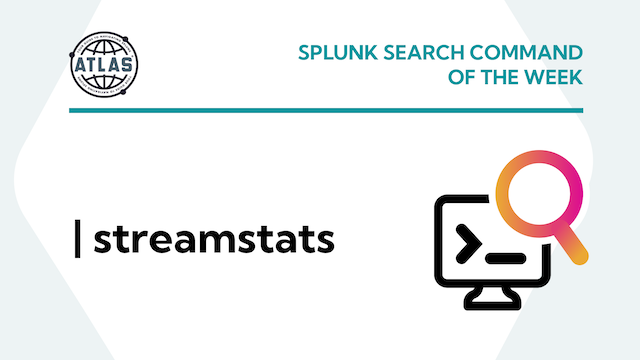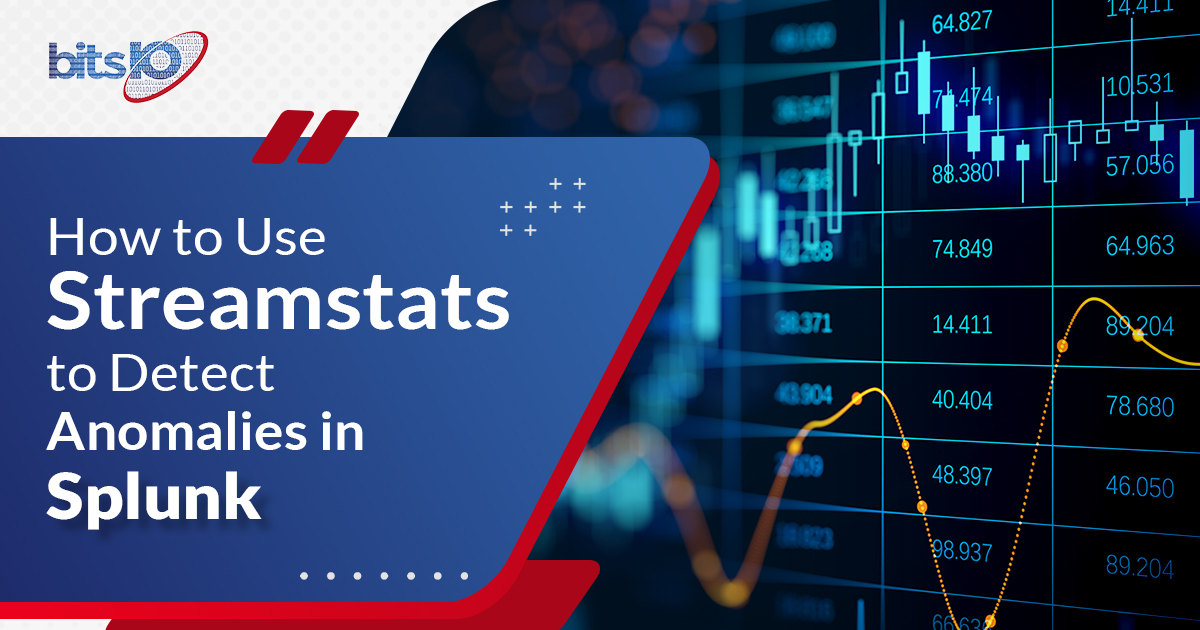1. streamstats - Splunk Documentation
Syntax · Usage · Basic examples · Extended examples
Adds cumulative summary statistics to all search results in a streaming manner. The streamstats command calculates statistics for each event at the time the event is seen. For example, you can calculate the running total for a particular field. The total is calculated by using the values in the specified field for every event that has been processed, up to the current event.
2. streamstats command overview - Splunk Documentation
How the SPL2 streamstats... · Calculate a value until a...
The SPL2 streamstats command adds a cumulative statistical value to each search result as each result is processed. For example, you can calculate the running total for a particular field, or compare a value in a search result with a the cumulative value, such as a running average. The streamstats command includes options for resetting the aggregates.
3. streamstats command examples - Splunk Documentation
streamstats command examples · 1. Add a running count to each search result · 2. Using a
to reset the search results count · 3. Specifying reset ... The following are examples for using the SPL2 streamstats command. To learn more about the streamstats command, see How the SPL2 streamstats command works.
4. Introduction To Splunk Streamstats Command With Examples - MindMajix
Splunk software provides a command named streamstats that adds all the cumulative summary statistics to all search results in a streaming manner. Read More!
5. Using Splunk Statistical Commands: Eventstats and Streamstats - bitsIO
Eventstats performs calculations on events within a single search, while streamstats calculate statistics over the entire search result set in a streaming ...
Splunk statistical commands allow you to quickly analyze and summarize data. Learn how to use Eventstats and Streamstats for advanced statistical analysis in Splunk.

6. Stats, Eventstats and Streamstats - Avotrix
Mar 25, 2021 · The streamstats command calculates statistics for each event at the time the event is seen. For example, you can calculate the running total for ...
In most of the complex queries written in splunk stats, eventstats and streamstats commands are widely used lets look about them in this blog

7. streamstats command usage - Splunk Documentation
Mar 11, 2022 · The streamstats command syntax in SPL2 is substantially different from the streamstats command in SPL. All of the reset conditions have new ...
There are several ways to reset the aggregations. You can reset before something occurs, after something occurs, and when the values in the
field changes.
8. Using Splunk Streamstats to Calculate Alert Volume - Hurricane Labs
Nov 10, 2020 · This Splunk tutorial teaches you how to use the Splunk streamstats command to tune standard deviation searches.
Dynamic thresholding using standard deviation is a common method we used to detect anomalies in Splunk correlation searches. However, one of the pitfalls with this method is the difficulty in tuning these searches. This is where the wonderful streamstats command comes to the rescue. This Splunk tutorial will cover why tuning standard

9. Using the streamstats Command - Kinney Group
Jan 24, 2024 · Splunk's streamstats command is a powerful tool that allows users to perform cumulative statistical calculations on data as individual events ...
Take data analysis in Splunk to the next level with streamstats. Optimize your analysis and perform cumulative statistical calculations.

10. Count field on specific value using streamstats - Splunk Community
More results from community.splunk.com
Hi Splunkers, Anyone can help, I need to count field Flag where value is 0. I've tried using this command " streamstats count(Flag=0) as Results_0 | table Results_0" But the table is blank. Please advice. Thanks
11. How to Detect Anomalies in Splunk Using Streamstats
Sep 16, 2021 · Detecting anomalies is a popular use case for Splunk. Standard deviation, however, isn't always the best solution despite being commonly ...
Detecting anomalies is a popular use case for Splunk. Standard deviation, however, isn’t always the best solution despite being commonly used. In this tutorial we will consider different methods for anomaly detection, including standard deviation and MLTK. I will also walk you through the use of streamstats to detect anomalies by calculating how far The post How to Detect Anomalies in Splunk Using Streamstats appeared first on Hurricane Labs.

12. How to Use Streamstats to Detect Anomalies in Splunk - bitsIO
Anomaly Detection Using Streamstats. The streamstats command in Splunk allows for real-time statistical analysis of data as it is ingested. It can be used to ...
Are you ready to take your Splunk skills to the next level? In the world of data analysis and cybersecurity, detecting anomalies is a game-changer. It can uncover hidden issues, security threats, and opportunities for optimization. And guess what? Splunk’s Streamstats can be your secret weapon in achieving this. In this comprehensive guide, we’ll walk…
